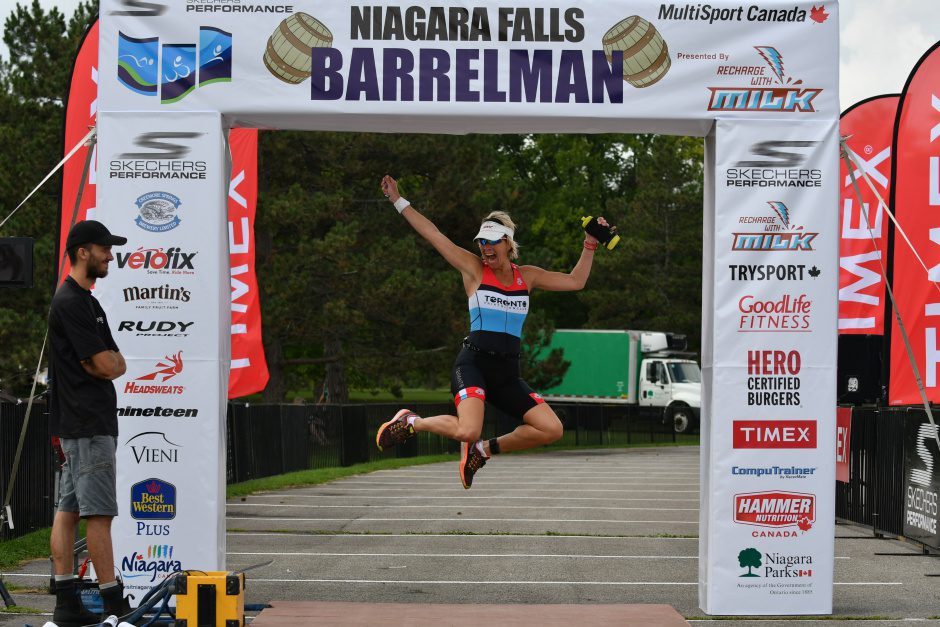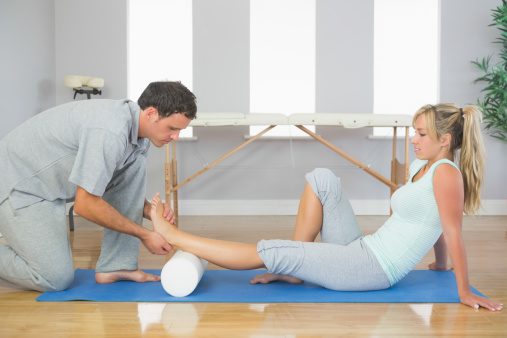How to recover from a 70.3 race

You’ve just nailed your perfect half distance race and can’t wait to start training towards your next one. Or perhaps it didn’t go as planned and now you want to redeem yourself as quickly as possible. Now what? Here are 5 recovery tips to consider right after a 70.3 triathlon to get you back to normal.

Chill out–Right after a race is typically a time when the muscles are vulnerable to injury. You don’t get fitter when you keep training hard on destroyed legs, so take a break and let your body heal itself from its aches and pains. A few days of little to no training can do wonders for rapid recovery. Maybe you are trying to follow a training plan to a T, but listen to your body after a race and be prepared to alter the plan!
Quality food–You should certainly treat yourself to those cravings that you’ve put off when your focus was high. But you should also consider that nutrition contributes to the speed of recovery. A well-executed 70.3 race should have drained your glycogen tank to nearly empty, so expect to want plenty of carbohydrates in first couple of days after your big race. A carbohydrate to protein ratio of 4:1 should be sufficient. Carbohydrates will restore your glycogen stores, while proteins will promote muscle recovery.
Easy bike rides–These are great for active recovery as they are non-weight-bearing and won’t give your joints a hard time. Spinning at a higher cadence can take the strain off your muscles and joints during this period. Enjoy the easier coffee-stop rides, where you can brag to your friends about your 70.3 bike split. Long, slow rides can still help train your endurance while keeping you out of risk of injury in the time immediately after a long-course triathlon.
Massage–Maybe your hamstrings are really tight from pushing the pace hard at the end of the race to pass that competitor at 20K. Or your glutes hurt from the fast bike pace. After a race, when your volume has dropped is a great time to address some tweaks and niggles. A massage from a sports therapist will likely be a bit painful, but should help you loosen up those pressure points. Self-massage by way of foam-rolling is another way to target those tight zones and prep your muscles and tendons for normal exercise.
Sleep–This is one that frequently gets ignored, but may be the most critical for rapid recovery. There is also no substitute for it, as caffeine can only help temporarily. In the week or so after your race, replace the time you normally spent training those extra hours with some extra sleep instead. Soon you will be restored to your usual self and ready to pound the pavement again!


